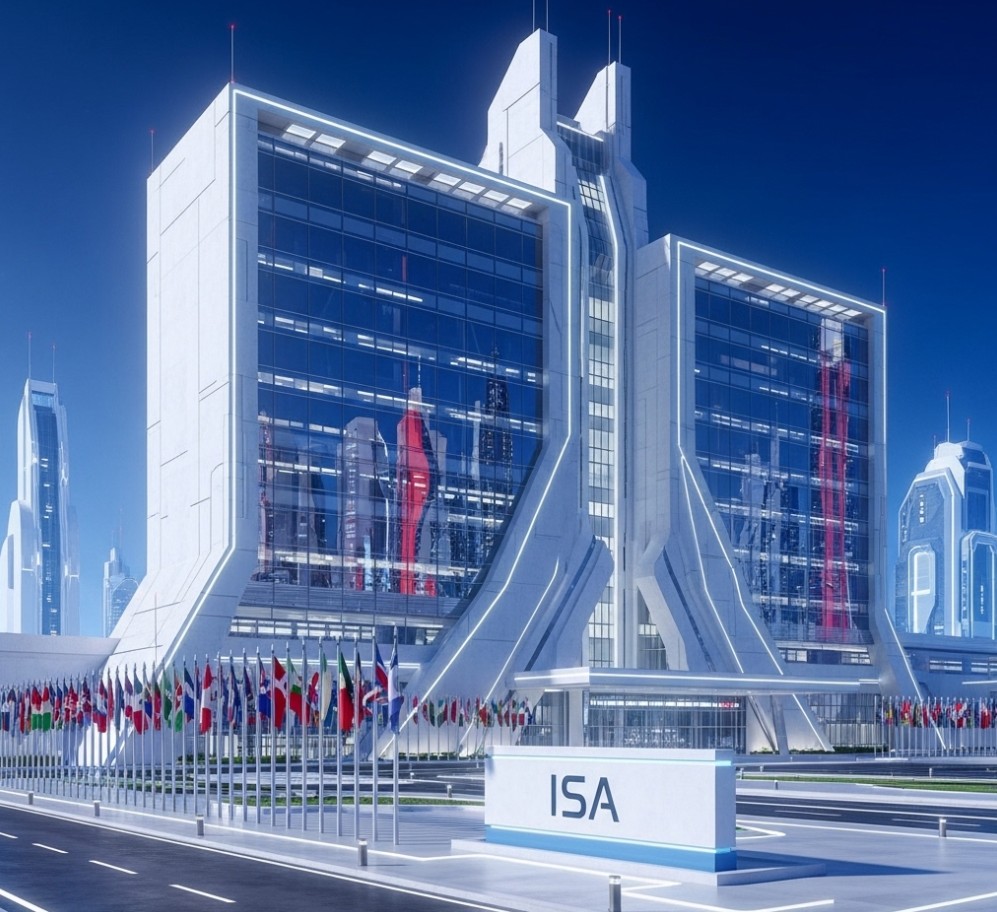In the world of Fleet of the Forgotten, Earth and Mars no longer operate in isolation—military power is unified, strategic, and deeply interwoven with interplanetary diplomacy. This unity is enforced and embodied by the Interplanetary Security Alliance (ISA), a powerful multinational force born from necessity and codified in the Orbital Security Convention (OSC). As humanity expanded beyond its cradle, new threats emerged in the void, demanding that once-fractured governments cooperate in the face of piracy, terrorism, and unknown forces. What emerged is not just a defensive coalition, but a bold, proactive force capable of projecting power across the solar system.
“Peace among the stars isn’t kept by treaties alone—it’s held together by steel, shared purpose, and the will to stand united when the void pushes back.”
The Orbital Security Convention: Laying the Foundation for Unity
The Orbital Security Convention marks a turning point in Earth’s geopolitical history. Ratified by member states from both Earth and Mars, this treaty created a unified doctrine for managing orbital and interplanetary threats. The agreement codifies rules of engagement, mandates joint training exercises, and ensures the seamless flow of military intelligence between signatory powers. Beyond tactical considerations, it stands as a symbol of political will—proof that Earth and Mars can share responsibility for mutual defense, regardless of their differences. This convention doesn’t just secure physical territory; it safeguards the fragile peace forged between planetary powers.
The Interplanetary Security Alliance: Guardians of Earth and Mars
Out of this historic treaty emerged the Interplanetary Security Alliance (ISA), a standing military and intelligence apparatus tasked with defending spacefaring humanity. Headquartered on the Earth-Moon Assembly platform (known as The Forge) – a neutral and strategically vital location – the ISA is governed by a multinational council with equal representation from all signatories. Their fleet consists of highly advanced, sublight warships, all constructed from ultra-durable meteoric steel and outfitted with the latest propulsion, shielding, and weapons systems. To maintain peak operational effectiveness, the ISA enforces rigorous training standards and conducts regular multinational drills that test readiness and cooperation under simulated crisis conditions.

Ships of the Line: The Columbia-Class Battleships
At the heart of the ISA’s military presence are the formidable Columbia-class battleships, each representing a regional bloc of Earth or Mars. These massive capital ships are not only technological marvels—they are also political symbols, showcasing unity through strength. The Columbia, flagship of the North American Federation, leads the charge, accompanied by its sister ships: the Seoul (South Sea Alliance), Buenos Aires (South American Union), Britannia (UK and Europe), Yangtze (China and India), and the Olympus Mons, which remains unfinished but is intended to represent the city-states of Mars. Together, these ships form the backbone of the ISA fleet and act as peacekeepers, deterrents, and, protectors of humanity.

The ISA and the framework created by the Orbital Security Convention serve as the last line of defense in a solar system growing ever more unpredictable. In Fleet of the Forgotten, these alliances are tested, their foundations shaken by events no one foresaw. But at its core, the story reminds us that while treaties and warships may project strength, it is cooperation, trust, and vigilance that hold the line between order and chaos. As readers follow the journey of Ryan Anders and the crew of the Cosmic Explorer, the legacy and fragility of Earth’s military unity is always looming—shaped by history, challenged by crisis, and vital to humanity’s future among the stars.
Leave a Reply
You must be logged in to post a comment.